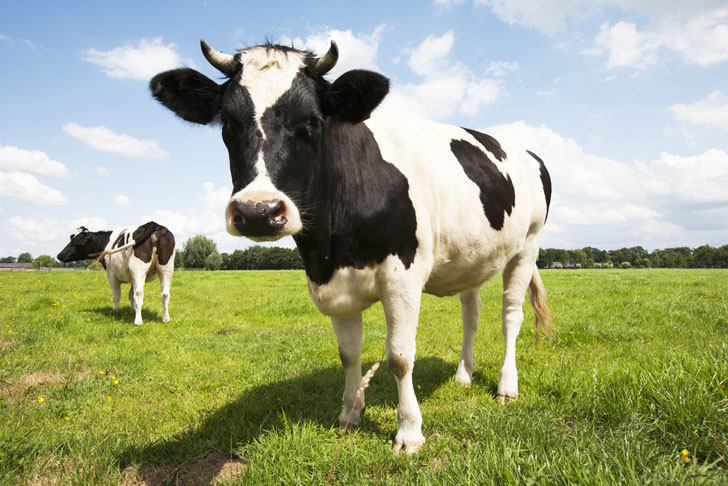
There’s a new methane champ, says the Environmental Protection Agency, which found in a new draft report on greenhouse gases that cattle passed the natural-gas industry as the biggest source of U.S. methane emissions in 2012.
The EPA also revised some of its 2011 findings, again turning to cows as the culprit—specifically, enteric fermentation in cattle—in methane emissions, according to the EPA.
The multiple-compartment stomachs in cattle create the methane, resulting in bovine belches. Despite better digestibility in cattle feed over the years, methane emissions from cattle has risen more than 2% since 1990, said the EPA, because of upward trends in cattle populations.
The conclusions are part of the EPA’s draft inventory of greenhouse gas emissions from 1990 to 2012, a report which is compiled annually and submitted to the United Nations Framework Convention on Climate Change.
Thankfully, the Pacific Northwest is home to several companies that are developing profitable ways to harvest methane from farm waste.
Farm Power is using an anaerobic manure digester that harvests methane gas from manure and then burns the methane to create electricity for sale, while sending the processed manure back to partner farmers as an organic fertilizer now free of pathogens and odor. Along the way, Farm Power reduces greenhouse gas emissions by thousands of tons per year.
Biomethane, a 2013 Clean Tech Open semi-finalist, works with farmers to create carbon-negative fuel from dairy waste in Lynden, WA. Biomethane is creating biogas for fuel, rather than electricity, that will power Bellair Airporter Shuttles from Vancouver B.C. to Sea-Tac, WA.